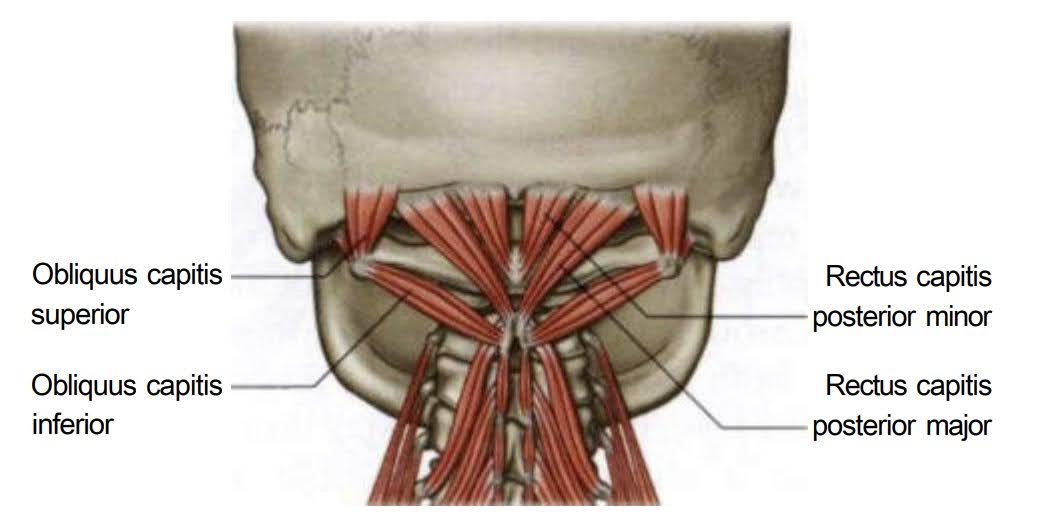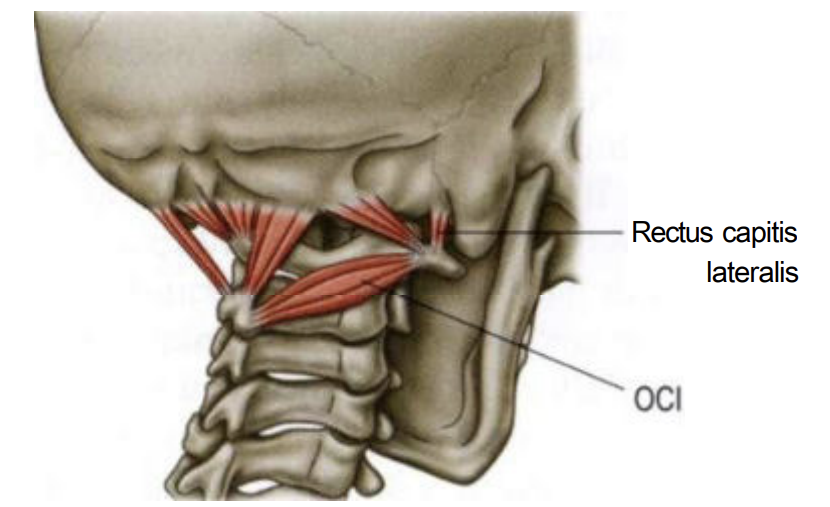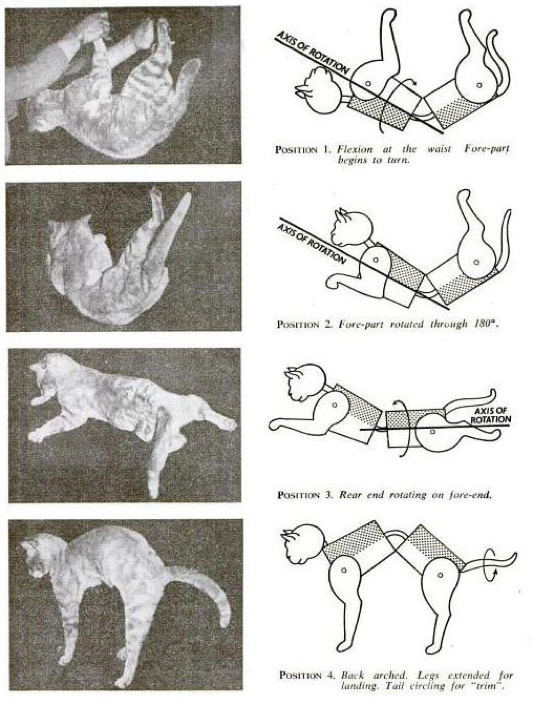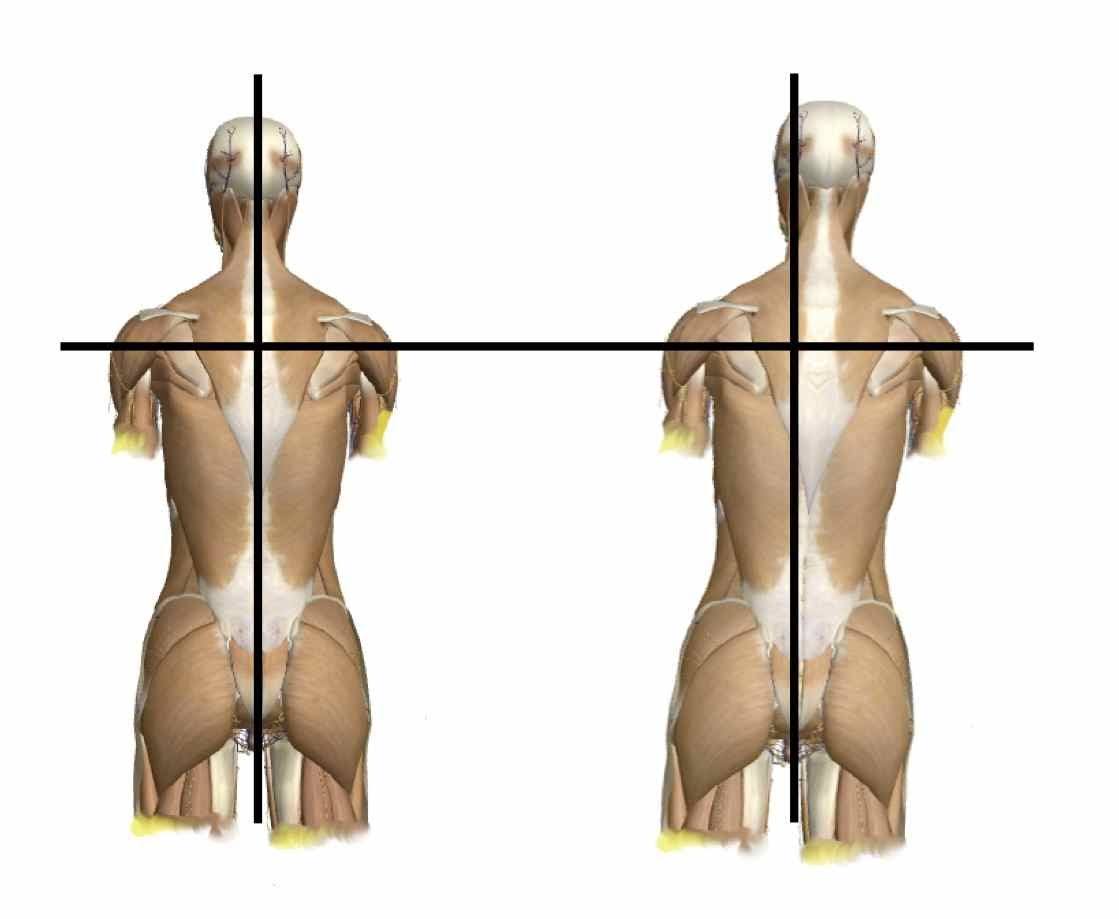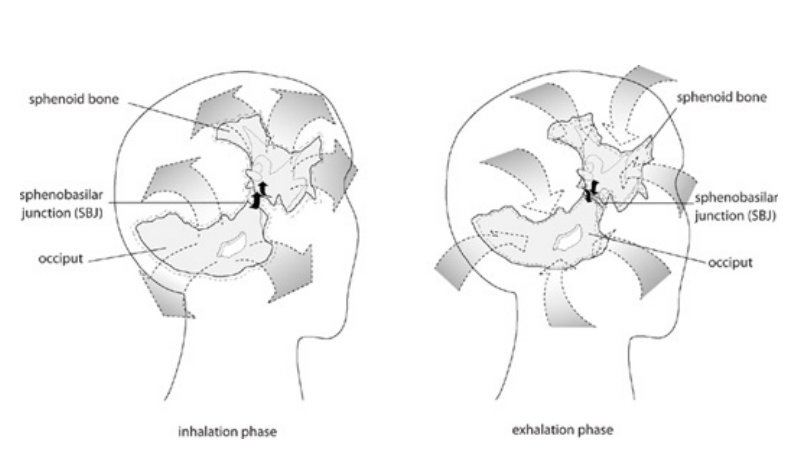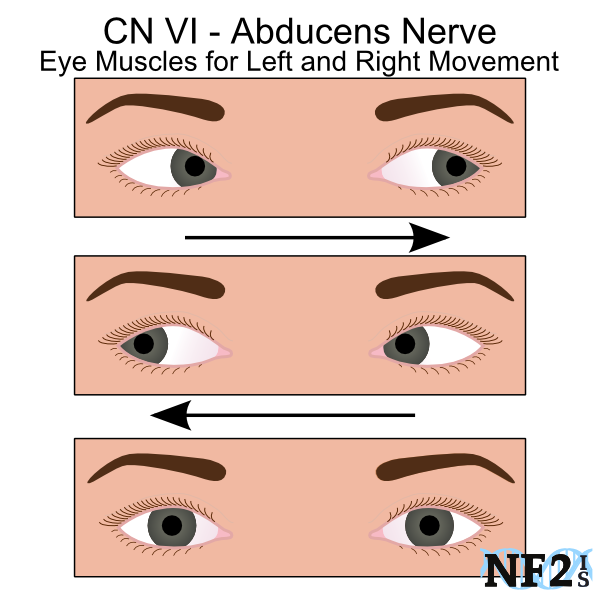Eye posture and body posture
Your posture is, in large part, determined by your eyes. This occurs with the help of small muscles on the bottom of your skull, the subocciptals. Named for their position below the occipital bone, these muscles are also sensory organs due to the concentration of spindle cells within them.
Connection to the suboccipitals
With your eyes closed, place your hands on the back of your skull near the spine and shift your gaze from one side to another. You will feel the suboccipitals contract as you do so. This is a result of connections to the extraocular muscles of the eyes, namely the lateral rectus.
The eyes and proprioception
While small, these muscles are the head of the proprioceptive chain and dictate the tone of the paraspinal muscles. Shifts to one side will inevitability cause the entire spine to compensate subconsciously. This is the same mechanism that allows cats to always land on their feet.
Asymmetric eye posture
Asymmetries in eye posture will be reflected by changes in the spine. Known as "bowling ball syndrome", the spine will assume a resting position that deviates off to one side as well. This can cause physical injuries, ANS dysfunction, and eventually metabolic disruption. The eyes also have ties to the tongue and jaw, whose relative positions will also have a say in posture.
Influence of the eyes on the cranial bones
Given attachments to the sphenoid bone (lateral rectus) and the occiput, there are also implications for the motility of all craniofacial bones. This can lead to impaired CSF flow, postural degeneration, and ANS dysfunction as well.
Lateral eye exercises
The easiest way to train these muscles is through lateral eye movement, simply moving your eyes from left to right in a slow and controlled manner. This can be done in two ways:
-Keeping the head still and moving eyes.
-Turning the head while focusing the eye in front of you.
Building new patterns
While doing these exercises you may yawn, swallow, or cough. This is positive feedback that you are performing the exercise correctly and highlights the connection to the parasympathetic nervous system. At the same time you may notice postural changes throughout your spine.
Lastly, take mental notice of your resting eye posture throughout the day. What side does your vision usually favor? When possible, consciously correct this and help to build new patterns within your nervous system.
